It was summer in Sydney when I packed for London fashion week. I was staring into my over-stuffed wardrobe doing the classic “I’ve got nothing to wear” thing. Apparently, I owned only sun dresses, and trousers that don’t fit. Where were the sleek Ellery blazers? Where was the old-Céline? WHERE WERE THE COATS? I was headed to six degrees.
I must buy more clothes, I thought. Until I remembered: I am not allowed. Buying more clothes because I can’t organise my wardrobe would make me a hypocrite for I am the sustainability editor at Vogue.
I spend a large portion of my working life investigating fashion waste and its causes. I research, write and podcast about new ideas, materials and business models to make fashion more sustainable. They are sorely needed.
I must buy more clothes, I thought. Until I remembered I am not allowed
Australians are the second highest consumers of textiles after North Americans, consuming on average 27 kilos a year and dispatching 23 kilos to landfill. We’re buying more clothes, but holding on to them for less time. The system is broken and the race is on to find solutions. One of those is fashion rental. By renting clothes we can keep them in use for longer, reducing the amount of fashion waste that goes to landfill, and in theory accessing a bigger, fancier, more exciting shared wardrobe – guilt-free.
It makes sense. We’re already engaging with the share economy. I wouldn’t buy an apartment for my London visit, would I? Or wheels? I’d book Airbnb. I’d hire an Uber, not buy the car. Renting my work-trip wardrobe could definitely solve my wardrobe crisis. But how practical is it?
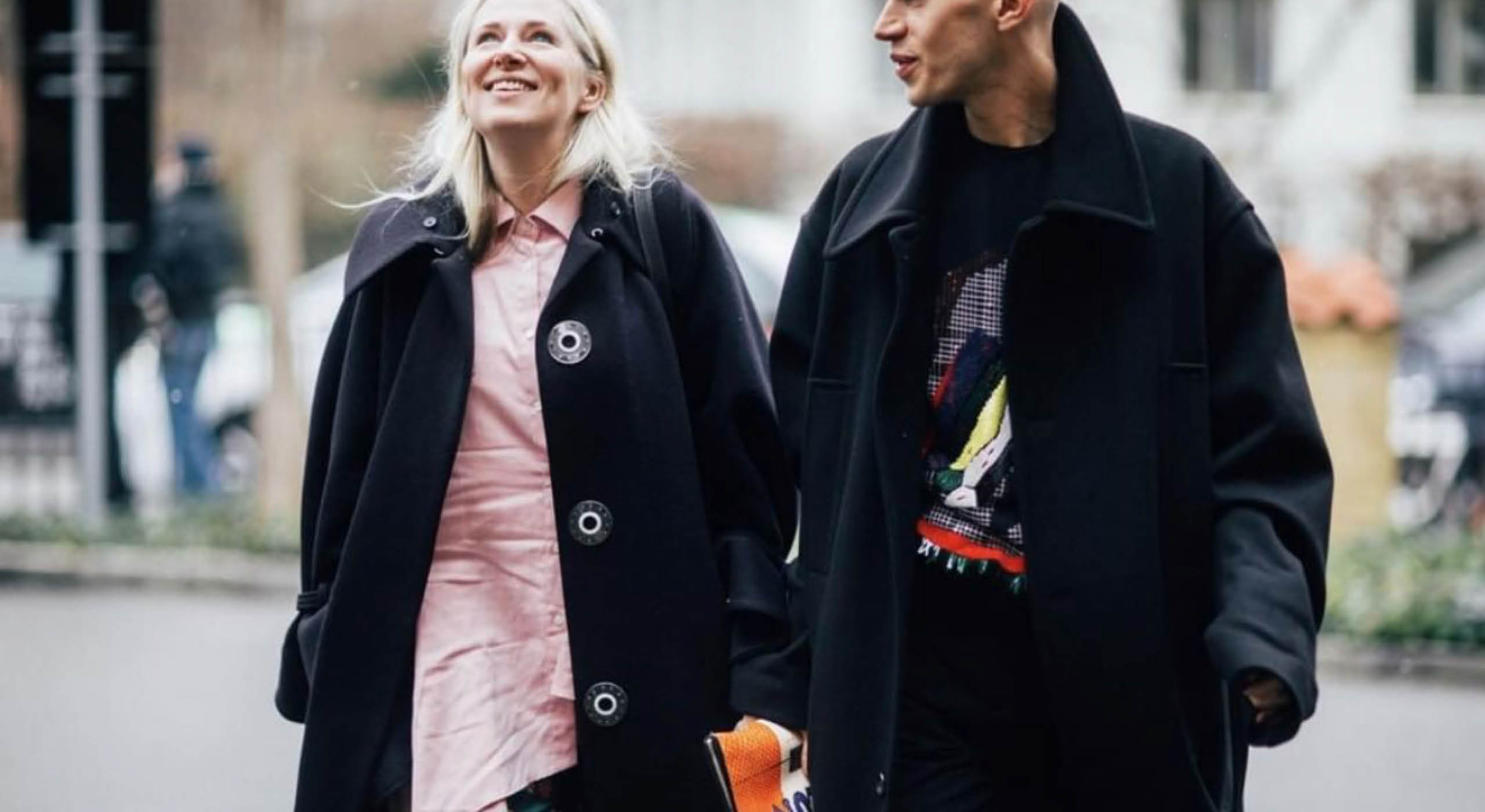

First up: it’s definitely easier if you’re in America. The US is way ahead of the game. Rent the Runway launched ten years ago there and today, it’s basically rented Net-A-Porter – in 2016, it generated USD $100 million in revenue. They hire out pretty much every designer fashion thing except shoes – from jeans and tops, handbags and jewellery to beautiful dresses you might never afford to buy. They cover weekend and workwear as well as parties, and even have physical stores in major cities like New York and San Francisco where you can book a consultation with a stylist.
Australia and Europe aren’t quite there yet. It was about year ago when I last looked into this, and noticed a disconnect between the dream and the reality, both here and in London where I spend a lot of work time. There were prom frocks a-plenty, but if you wanted to rent a coat, forget about it. While the concept had been given a makeover, too often the product lagged.
Some of the ‘new’ services were just the formalwear hire shops of my youth with better logos. Most focused on polyester, presumably because it’s easy to clean. I couldn’t find edgy designer pieces in natural fabrics or luxury brands to suit my tastes.
Some of the ‘new’ services were just the formalwear hire shops of my youth with better logos
Happily, that’s changing. A Melbourne-based peer-to-peer startup is determined to disrupt things. Tumnus (as in Mr. Tumnus, from The Lion, the Witch and the Wardrobe – get it?) gives members access to the wardrobes of hundreds of virtual friends. Users upload pictures of their clothes available to share, then chat, share and borrow via the site.
If you want to rent a fancy handbag Fashion Confidential has you covered. It’s not cheap but neither are the bags – $195 will tuck a hot pink quilted leather Chanel clutch under your arm for a couple of days. Buying one would cost you $3670. The service includes delivery and returns by Australia Post.
GlamCorner is the big one in Australia. They’ve been going since 2012, and have the biggest selection and the most streamlined process. You pay for delivery ($10.95-$15), and your pieces arrive with a free returns satchel, which you simply drop in your nearest postbox when your rental time is up. They handle all the cleaning. It’s fast, reliable, and like its name – glamorous. In my mind this was the racewear/parties solution, but things are changing at GlamCorner, too.
They’ve just introduced Premium – a subscription service separate from its occasionwear rentals that includes Scanlan & Theodore, Ginger and Smart and Gorman. These are clothes I could actually wear in my actual life. GlamCorner’s co-founder Dean Jones says they are responding to the demand for more workwear and causal daywear options.
Melbourne startup Tumnus gives members access to the wardrobes of hundreds of virtual friends
He says more brands are now recognising the business benefits too. “We’ve experienced a wave of local and international designer labels discovering the opportunity for fashion rental to add incremental revenue.” Most rental customers, he says, weren’t shopping the retail price point of these collections: “Instead, they were going for cheaper, fast-fashion alternatives.”
I love the idea that by providing customers with access-over-ownership to better quality garments, we might dent our cultural dependency on so-called disposable fashion. But for that to happen at scale we need greater choice across more diverse styles, sizes, tastes and locations.
What if you’re into trackies and crop tops, or underground finds? In London, streetwear hire option The Drop popped up at Westfield Stratford City before Christmas. By the time I hit town, it was closed. I’d read about British site Girl Meets Dress before, but this one still overwhelmingly caters to the party frock customer. Wear the Walk looked promising. Founder Zoe Partridge buys from smaller, sustainable designers, but alas I could not find my elusive coat.
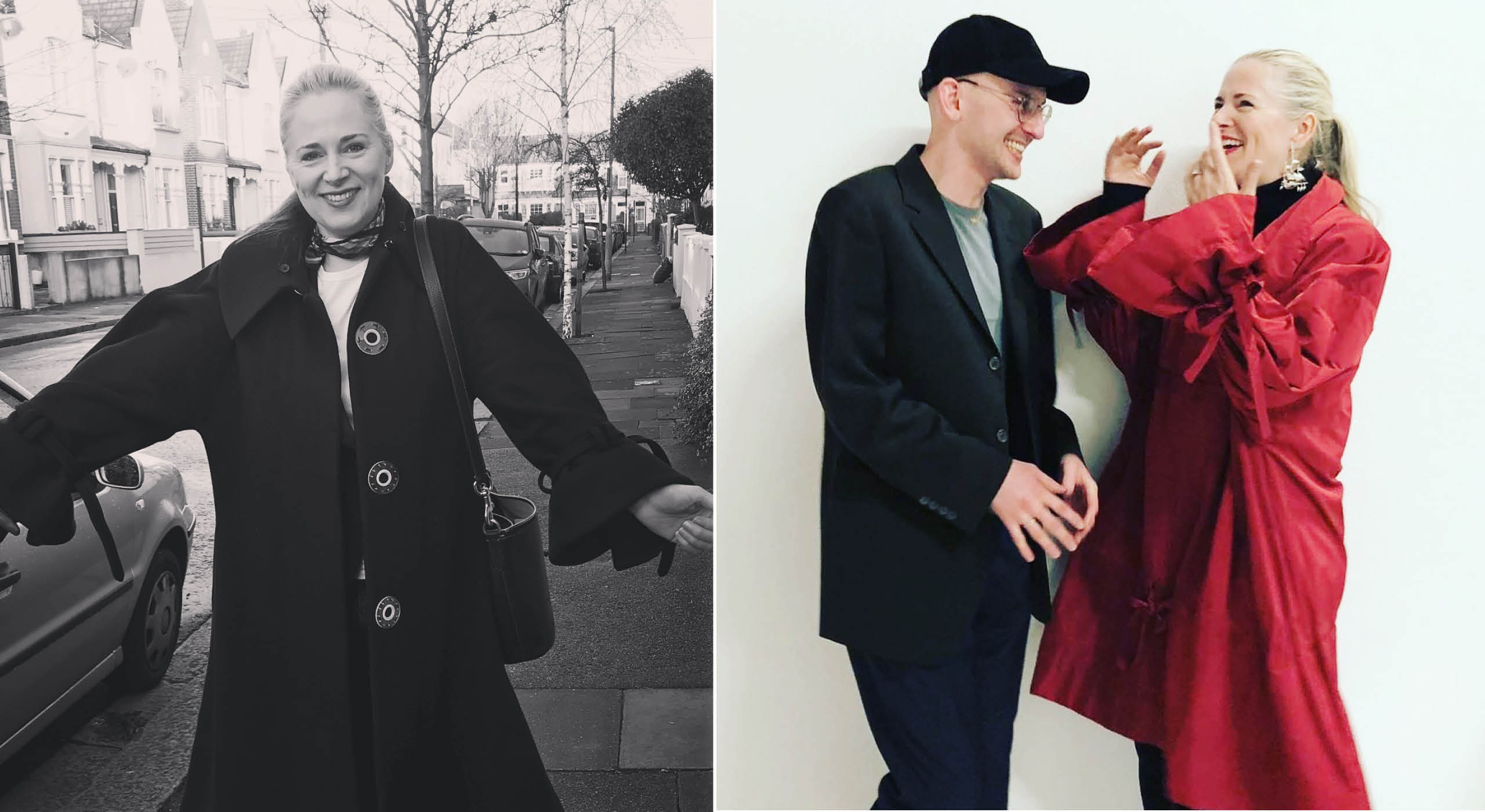

It took Higher Studio for me to hand over my credit card. Owner Sara Arnold is a fashion kid and I rate her taste. I follow her dog on Instagram. I opted for a month’s subscription, for £150, that allowed me two items, and to swap them as many times as I wished.
Ironically, the first thing I chose was indeed a party look – an anorak-like coat dress made from a deep red satin Dior deadstock fabric by emerging designer Patrick McDowell. This, I swapped for an archival Commes des Garcons skirt that I teamed with my own black poloneck. A week later, I replaced it with an organza top by Ovelia Transtoto, which I wore to the Central St. Martins graduate show, and to speak on a panel with Livia Firth. But it was the coat that got me. Fantastic shape, dark wool, voluminous sleeve, by St. Martins alumnus Minki Cheng’s label Minki London. During my last week, as the weather brightened, I relinquished it for a lighter-weight checked jacket by the same designer. I’m now a fan of the label.
This is what happens. People rent items they’d never have bought and find new labels to love. “In the same way that Spotify is a great platform to discover new music, GlamCorner has become a fantastic way for our customers to find new local designer brands and explore their personal style without the burden of ownership,” says Dean Jones, who believes brands will soon start to factor in rentability at the design stage. Designing for durability and multiple owners is an obvious win for the environment.
Girl Meets Dress uses the tag line: “Do your bit for sustainability: close the loop on fast fashion, over-consumption and excess textiles.” GlamCorner is a B Corp run by a team that cares about reducing fashion’s environmental impact. Sara Arnold is more radical; she believes that “a sustainable economy can only be achieved if businesses stop selling goods”. But I don’t think it’s sustainability that’s spurring interest in rental fashion.
I think it’s about accessing heaps of fantastic clothes without overstuffing your wardrobe and having to call Marie Kondo. It allows you to experiment with trends and styles you wouldn’t consider buying. It’s a guilt-free way to indulge your inner capricious fashionista. It’s getting easier and more accessible. And it might even take the stress out of packing.




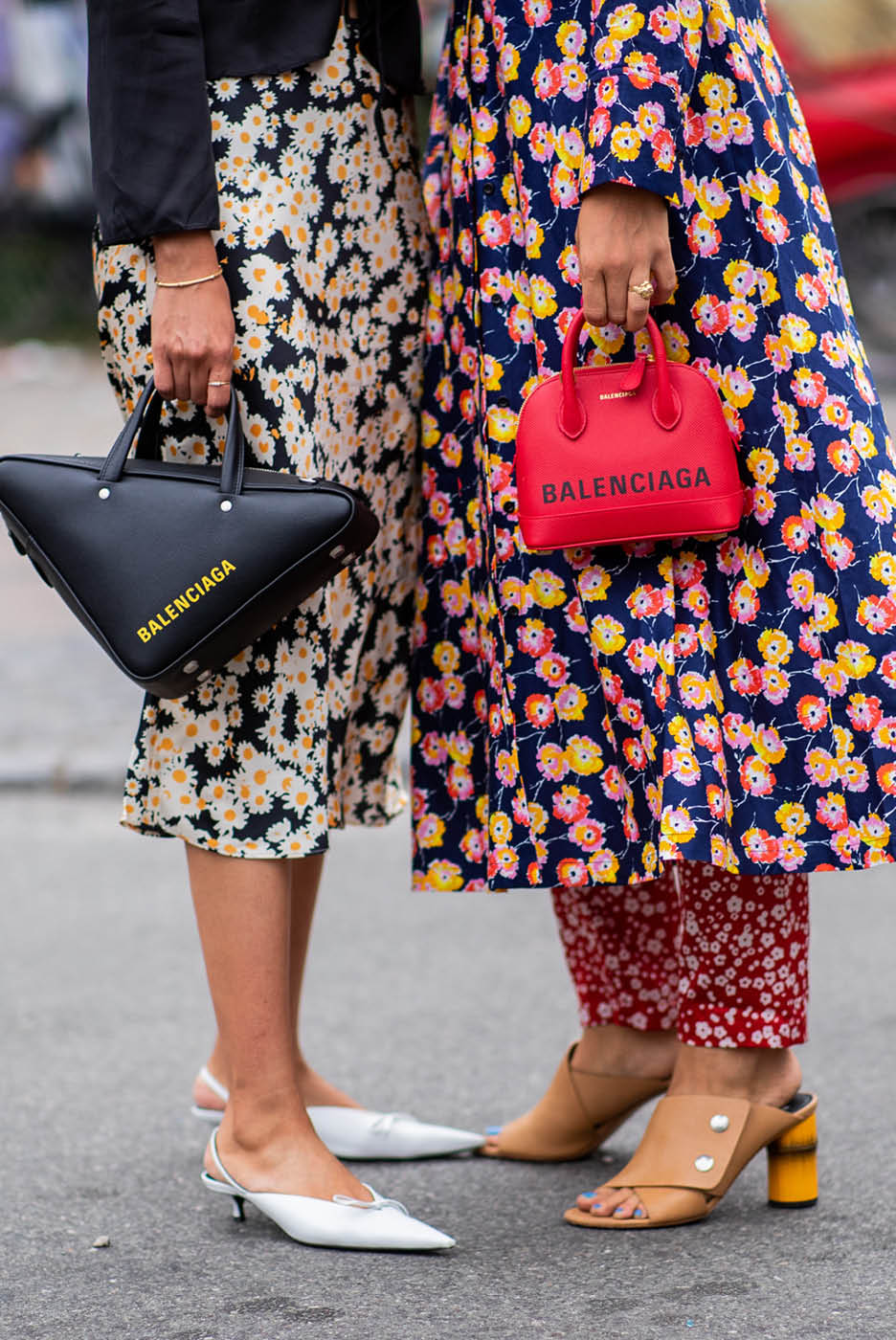




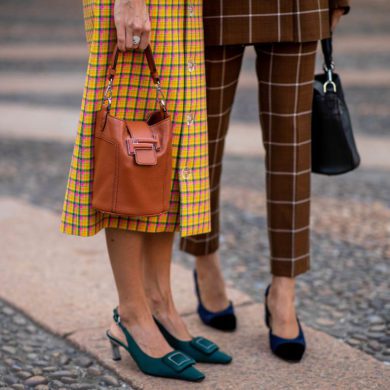
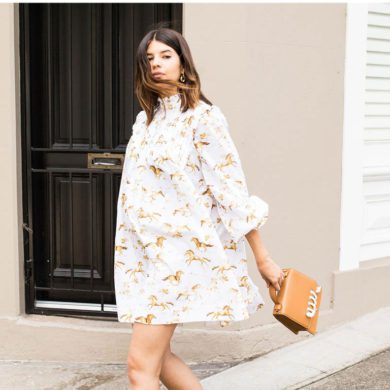



No Comments